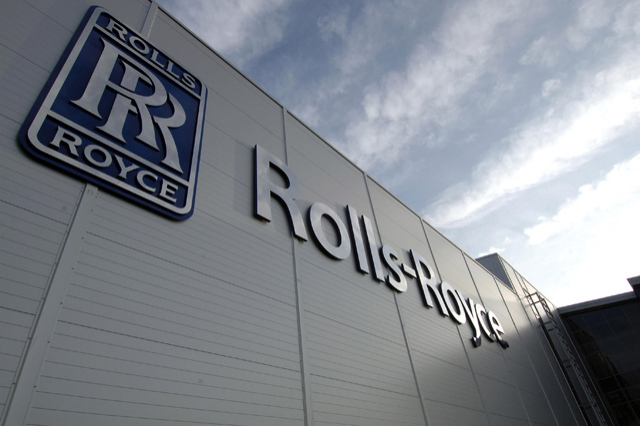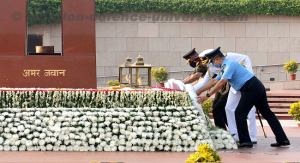
New Delhi. 07 October 2021. A peep into the pages of Indian aerospace history makes the eyes halt in the year 1933, when started the story of Rolls-Royce’s 88 years long association with where the engine maker has matched every step with India’s need. It was the year when IAF’s Westland Wapiti took to the skies powered by the Rolls-Royce Bristol Jupiter engines. Since then it has been a journey of faith and strength based on a relationship which has been smooth and win-win.
It’s 65-year-old partnership with HAL which started with the licensed production of Orpheus engines is one of the longest in the history of aerospace in India. In fact the HAL, Engine division was established at Bangalore during 1956 for production of Orpheus Turbo Jet Engines under license agreement with Rolls-Royce. The Gnat, which had been procured in large numbers for the IAF and produced under license by HAL, and saw active combat roles during Indo-Pakistani War of 1965 and the Indo-Pakistani War of 1971, were powered by the Bristol Siddeley Orpheus initially in the ones procured off the shelf aircraft and then made in India for the Indian manufactured Gnat.
The story continued when in 1978 when HAL started producing the Adour Mk821 engine, followed by the Adour MK811 for Jaguar in 1981. The Adour is a twin spool, counter-rotating turbofan engine that delivers thrust in the range of 5,000 to 8,000 lb. This engine gives operators increased thrust, increased life leading to reduced life cycle costs and greater performance. Rolls-Royce has successfully installed and tested the Adour Mk 821 engine in a Jaguar aircraft to prove its capability and suitability for the Indian Air Force’s Jaguar upgrade requirement.
Came the year 2010 and the story of Rolls-Royce engines in Indian defence forces developed with order of an additional 57 Adour-powered Hawk Advanced Jet Trainer aircraft for the Indian Air Force and Indian Navy. The BAE Systems Hawk was to be powered by the Mk871 variant of the Adour which was to be assembled in Bangalore, India, in partnership with HAL. And the rest is history.
And just a year after in 2011 C130J enters service in Indian Air Force with Rolls-Royce engines. The C-130J is powered by four Rolls-Royce AE2100 engines. The Rolls-Royce AE 2100 is a 4,000-shp class two-spool turboprop engine with a 14-stage high-pressure compressor driven by a two-stage high-pressure gas turbine. The low-pressure shaft is driven by a two-stage power turbine and drives the compound planetary reduction gearbox connected to the propeller. The engine is the first to use dual FADECs (Full Authority Digital Engine Control) to control both engine and propeller.
IAF’s Surveillance aircraft ERJ145 are powered by AE3007, which powers present-day reconnaissance aircraft and the unmanned aerial vehicles of the future providing fuel efficiency and electrical power.
The story of Rolls-Royce in Indian Air Force will continue with new chapters being added. With India’s focus on modernisation and indigenisation of its Armed Forces, Rolls-Royce is committed sharing innovation, capability and knowledge through its enduring and cooperative partnerships. The company too feels that this is the right time to step up discussions on its products & technology and fully participate in the evolving sector in the country. In line with their vision to pioneer the power that matters to their customers, Rolls Royce is well-positioned to offer it’s strong portfolio of more efficient and cleaner products and solutions and play a key role in India’s growing aviation sector.


























































































































